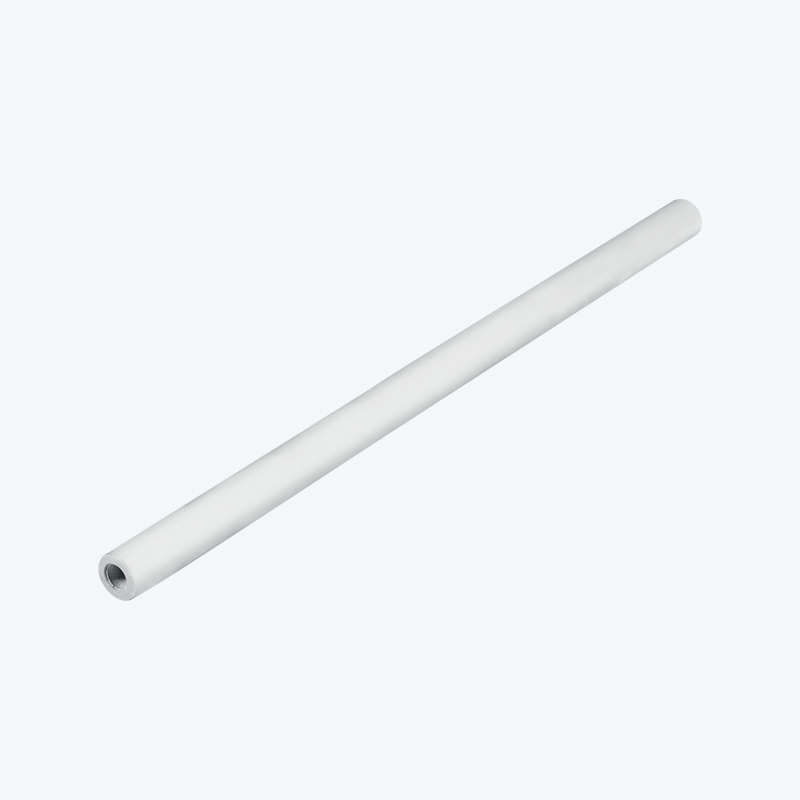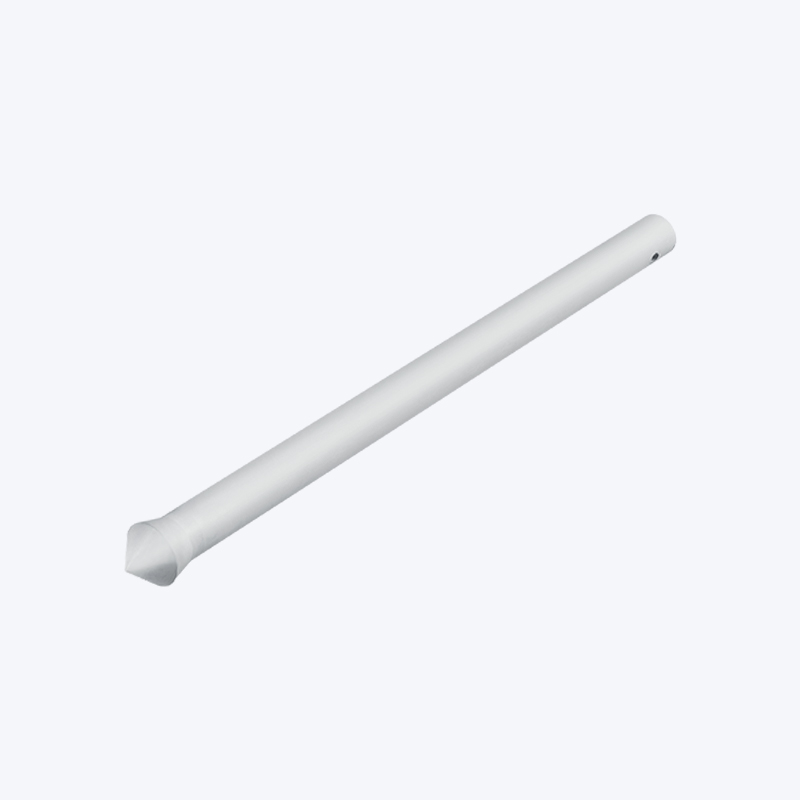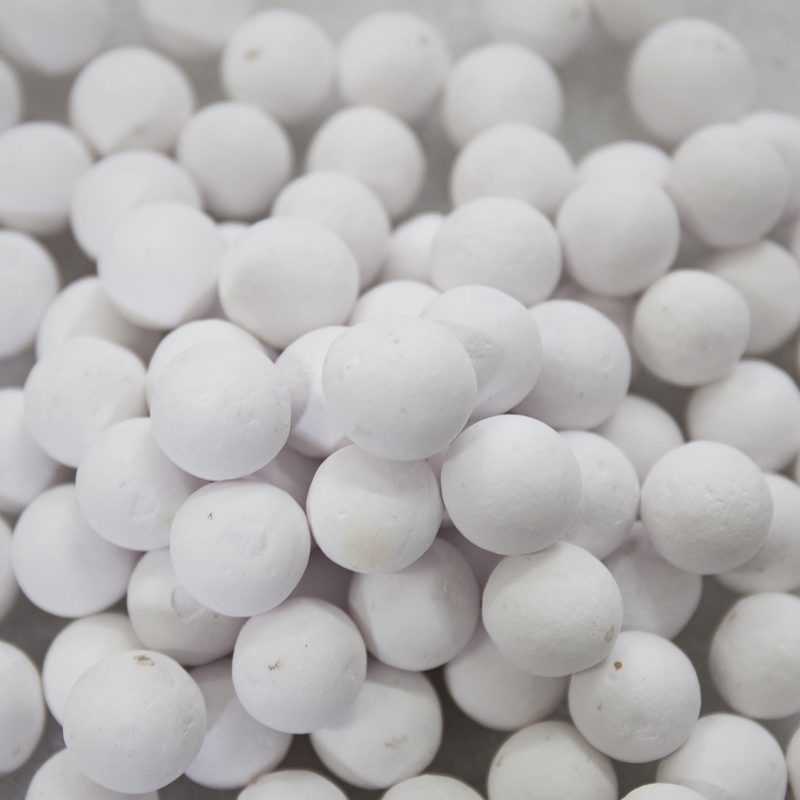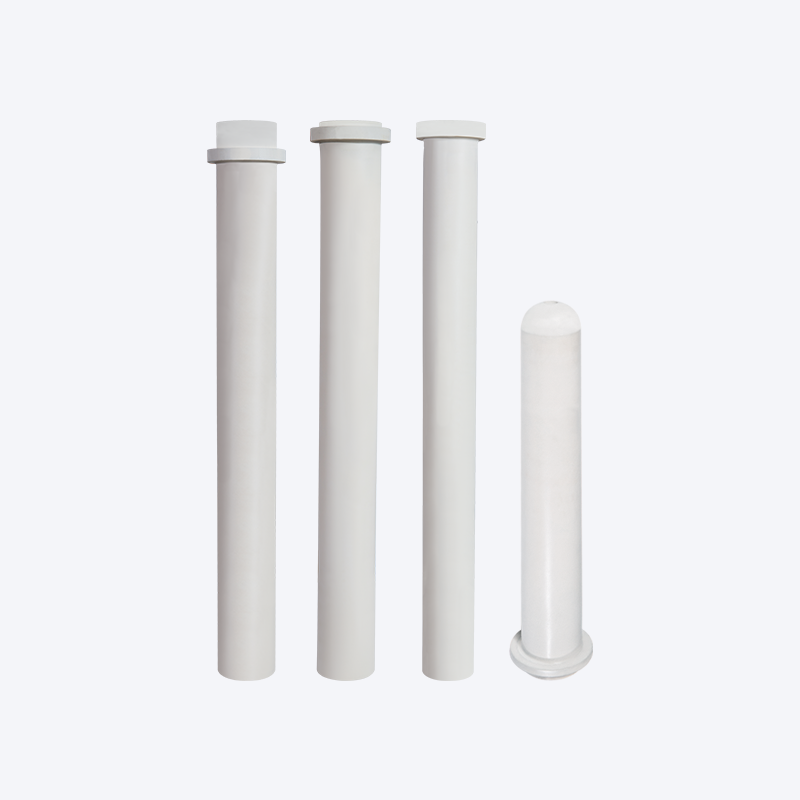Heater Protection Tubes: Enhancing Performance and Longevity of Heating Systems
A heater protection tube is a cylindrical cover or sleeve designed to protect heating elements from external harm. It serves as a barrier, shielding the heating element from direct exposure to heat, moisture, chemicals, and mechanical stress. The primary function of a protection tube is to preserve the integrity and efficiency of the heating element, thereby extending its operational lifespan and minimizing the risk of malfunctions.
Heater protection tubes come in various designs, materials, and sizes to cater to the specific requirements of different heating applications. These tubes are particularly crucial in high-temperature or high-pressure environments, where the risk of damage to the heating element is elevated.
The Role of Heater Protection Tubes in Enhancing Performance
Preventing Overheating and Heat Loss:
One of the primary functions of a heater protection tube is to insulate the heating element and prevent excessive heat loss. In many heating systems, especially electric heaters, the heat generated by the element needs to be contained within the system to maximize efficiency. Without proper insulation, heat would dissipate into the surrounding environment, reducing the system’s efficiency and increasing energy consumption.
By using a protection tube made of high-quality insulating materials, the heat is better contained, leading to more effective temperature control and energy efficiency. This insulation is especially important in applications such as industrial ovens, heating furnaces, and electric boilers, where precise temperature management is critical.
Protection from Physical Damage:
In industrial environments, heating elements often face mechanical stresses such as vibrations, shocks, or impacts. These stresses can cause the heating element to crack, break, or wear out prematurely. Heater protection tubes provide a physical barrier that absorbs shock and reduces the likelihood of damage to the heating element.
For example, in manufacturing processes like metal heating or glass production, the heating elements are often subjected to intense mechanical stress and high heat. A protective tube made from durable materials such as stainless steel or aluminum can shield the element from external forces, ensuring continuous, uninterrupted operation.
Shielding from Corrosion and Chemical Exposure:
In certain environments, heating elements are exposed to corrosive chemicals, gases, or moisture, which can cause rapid degradation if left unprotected. Heater protection tubes made from corrosion-resistant materials like stainless steel, glass, or ceramic can prevent these harmful substances from coming into contact with the heating element.
For instance, in water heating applications, where the system is constantly exposed to moisture, a protection tube ensures that the heating element remains shielded from corrosion, significantly extending the life of the system and improving safety. Similarly, in chemical processing plants, where aggressive substances are present, the protection tube can prevent chemical reactions that might otherwise degrade the heating element.
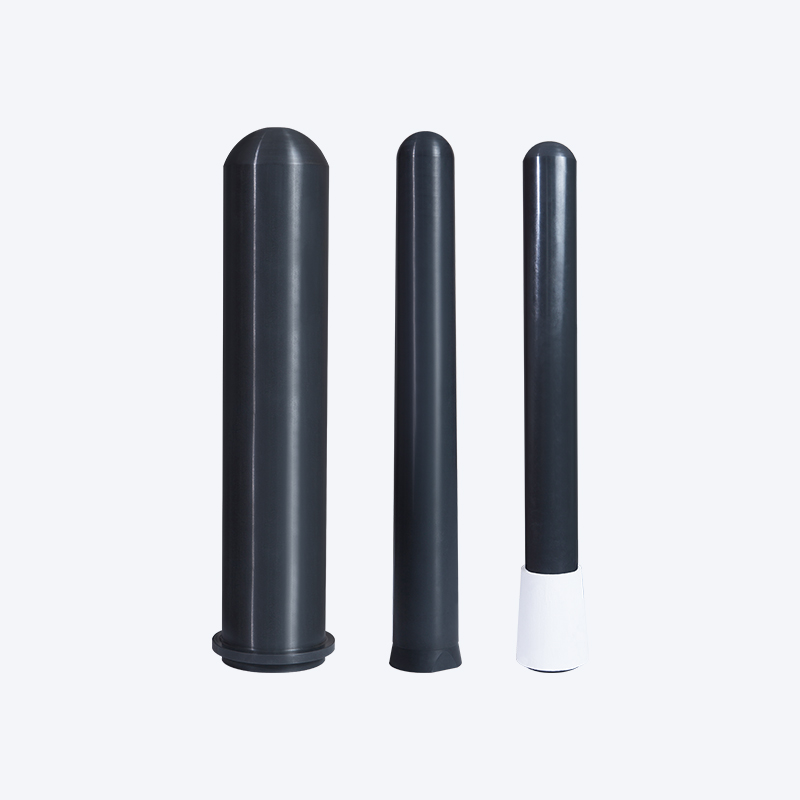
Thermal Shock Resistance:
Heater protection tubes made from materials like ceramic or glass are known for their resistance to thermal shock. This is particularly important in applications where the temperature fluctuates rapidly. For example, in the food and beverage industry, heating elements used for pasteurization or drying are subject to sudden temperature changes that can cause materials to crack or degrade.
Thermal shock-resistant materials ensure that the protection tube can withstand these temperature fluctuations without compromising its integrity, helping maintain the heater’s functionality over time. Ceramic protection tubes, for example, can tolerate extreme temperature gradients without cracking, ensuring the heating element remains in optimal condition.
Materials Used in Heater Protection Tubes
The material of the heater protection tube plays a significant role in determining its suitability for different applications. Below are some common materials
used to manufacture heater protection tubes:
Ceramic:
Ceramic tubes are highly favored in high-temperature applications due to their excellent heat insulation properties and resistance to thermal shock. Ceramic is capable of withstanding extreme temperatures of up to 1000°C or higher, making it ideal for applications like electric heating elements, furnaces, and kilns. Additionally, ceramics are non-conductive, meaning they do not interfere with the electrical functioning of the heating element.
Stainless Steel:
Stainless steel is widely used for heater protection tubes due to its durability, mechanical strength, and corrosion resistance. Stainless steel tubes are perfect for environments where the heating element is exposed to moisture, chemicals, or abrasive conditions. Their ability to withstand high pressures and temperatures makes them suitable for water heaters, boilers, HVAC systems, and other industrial heating systems.
Glass:
Glass protection tubes are primarily used in applications requiring chemical resistance and transparency. Glass is chemically inert, meaning it won’t react with the heating element or surrounding materials. It is also resistant to thermal shock and can withstand sudden temperature changes. Glass protection tubes are often used in laboratory heating devices, medical equipment, and other precision heating applications.
Aluminum:
Aluminum is a lightweight, heat-conductive material commonly used in residential heating systems. Aluminum tubes are typically used in lower temperature applications where the weight of the protection tube needs to be minimized. Aluminum is often chosen for its affordability, ease of handling, and effectiveness in dissipating heat, making it ideal for electric water heaters, space heaters, and small industrial heating devices.
Contact Us for Quotes and Prices!
Just let us know what you want, and we will get in touch with you as soon as possible!

 English
English 简体中文
简体中文



